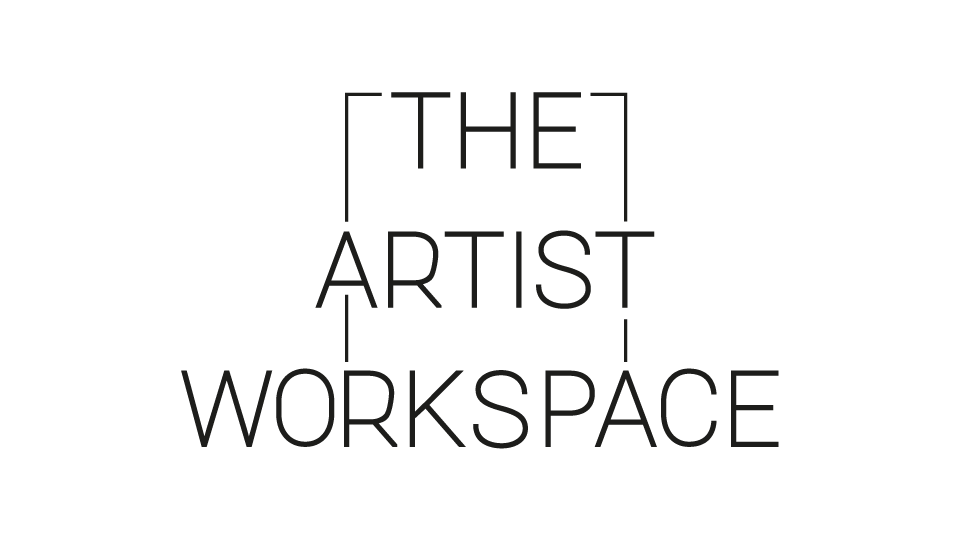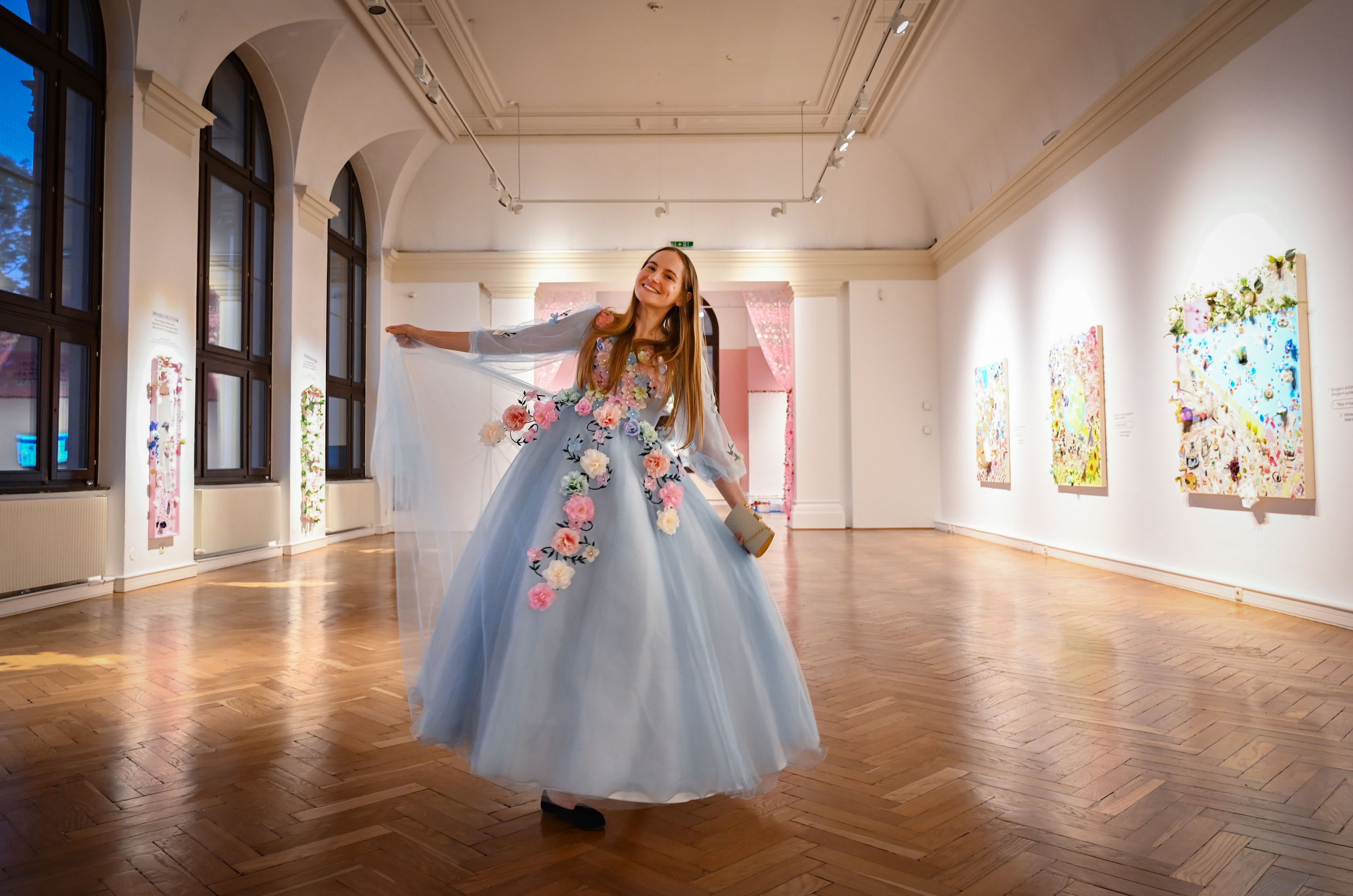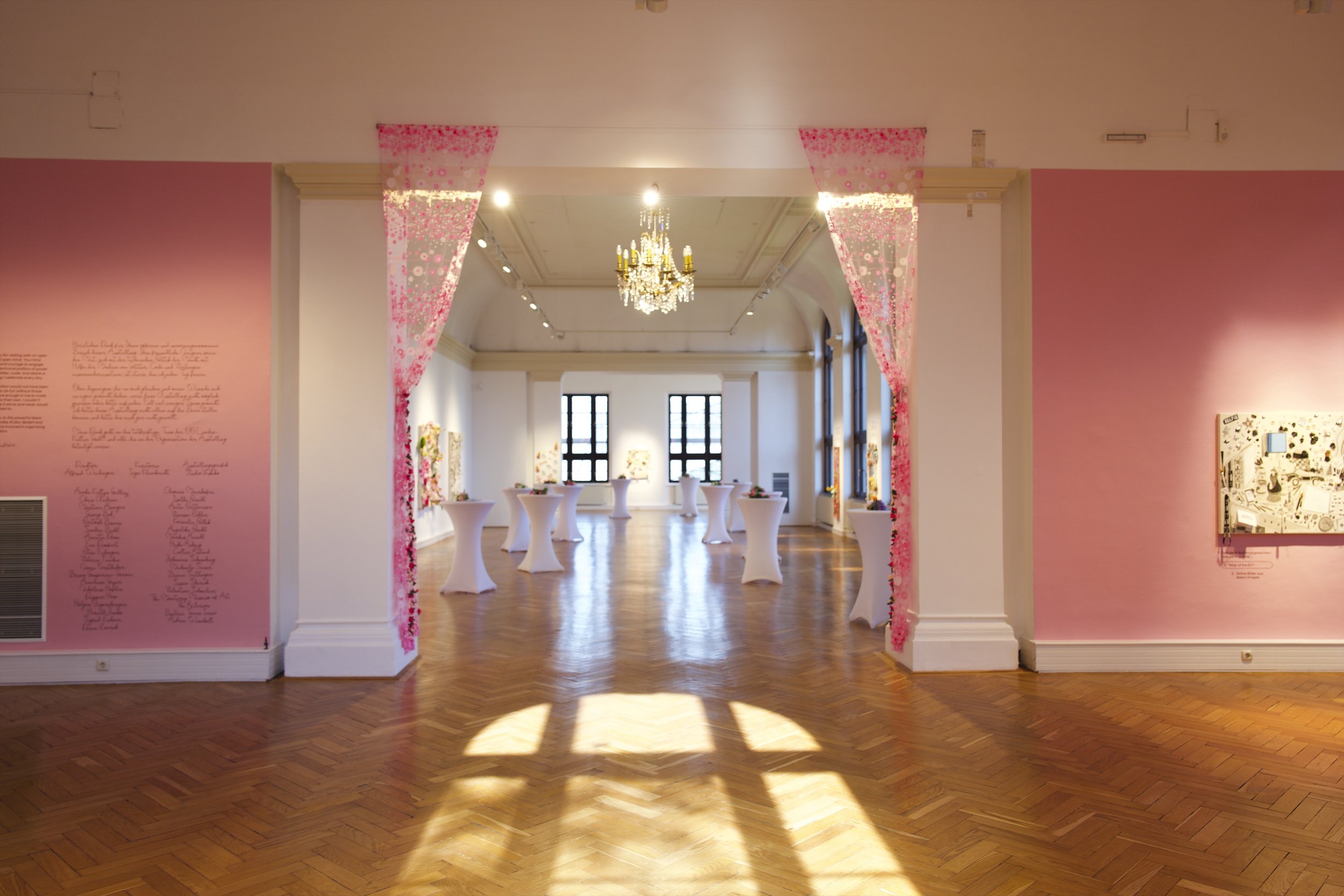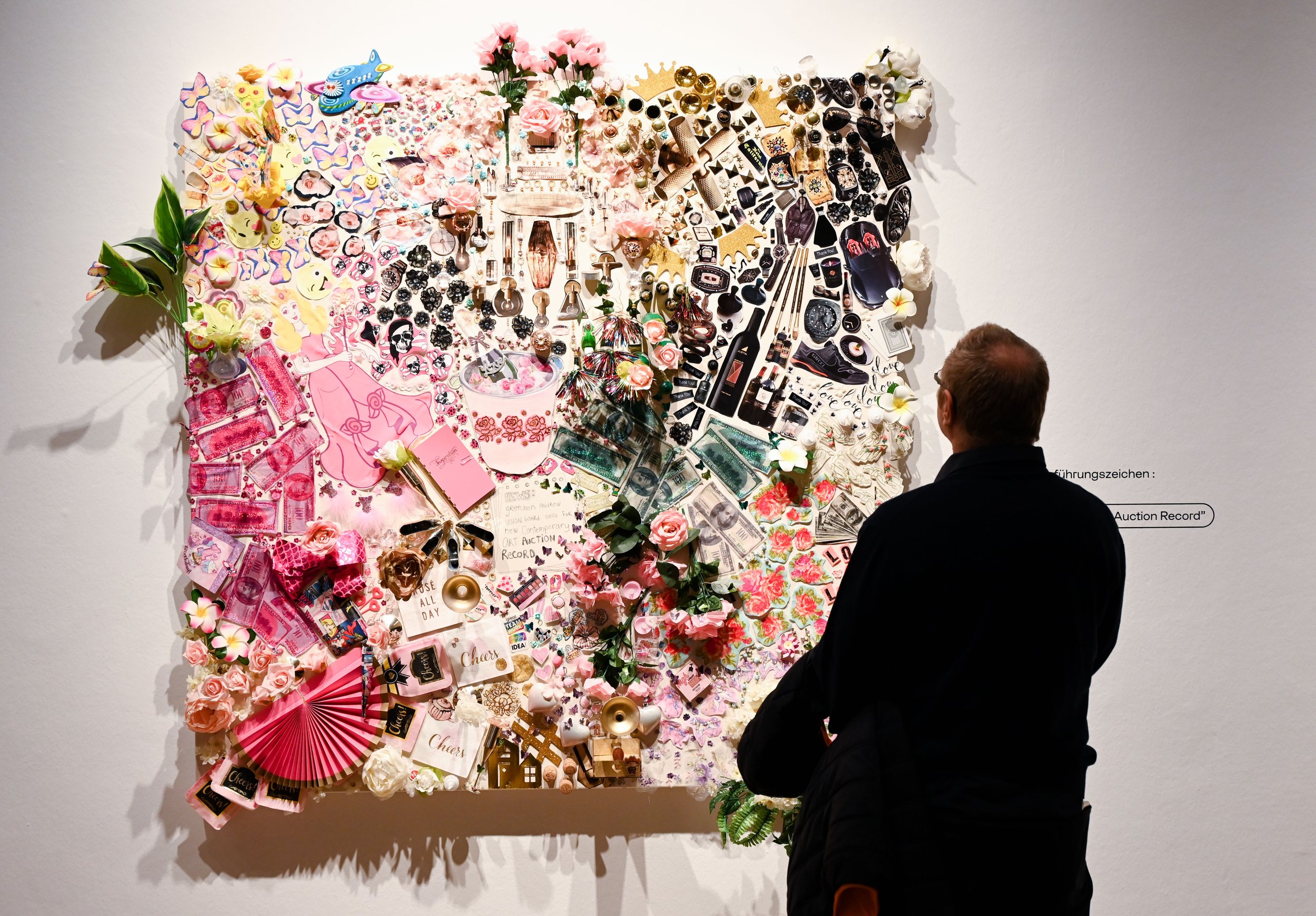Gretchen Andrew Interview with AWS Gallery
Interview by Emma Grayson
Image Source: Gretchen Andrew
Capturing a juxtaposition between creativity and the structure of the digital world lies Gretchen Andrew. Born in the United States, and heavily impacted by her childhood on both the East and West Coasts, she now finds herself bouncing around Europe in the adventure of her lifetime. Without any “formal” art training, she cultivated her skills through an early career in the tech industry. By using her past education to shape her practice and goals, she has found a certain routine and, some might even say, stability, in being an artist. Her mind just works in different ways than your typical ‘art school kid.’
She has playfully “hacked” major art events through her manipulation of code, and using AI and programming, is giving us art never before seen. In 2018, the Victoria & Albert Museum, based in London, published a book of hers, Search Engine Art, which launched her into the limelight as the first “search engine artist.” Read the below interview to learn what that really means and hear her take on the power her work holds, her various influences, and what she has coming up next!
Image Source: Gretchen Andrew
AWS:
Phew! You just had a whirlwind run in Linz, Austria, setting up and promoting your exhibition at The Francisco Carolinum from now until February 27, 2022. What was it like helping to organize that show and how did it come about?
Gretchen Andrew:
Covid-era travel and global supply chain drama gave me the gift of three months in Austria during the run up to this exhibition. During that time I got to work with the curator Inga Kleinknecht almost daily and the whole team at the museum, more than two dozen people, really got to know and care for my work. The result is an exhibition I know many, including myself, are very proud of and intimately connected to. On the night of the opening we ended up dancing on the staircase until midnight. It’s the sort of contagious joy I hope is within my work. I felt it echo through everyone there.
AWS:
You’re currently based in London, but you were born in Los Angeles. How do you think your background has shaped your practice?
GA:
It is true that I was born in LA but I grew up entirely in New Hampshire where I made one of my first Vision Boards, a laminated, purple card paper wish that said, “Today is my first day of first grade and when I grow up I want to live in an apartment in Los Angeles.” Los Angeles and all it represents to those that don’t live there is so tied up in the mood of my work. It’s always been more accurate to say it is where I am from than any of the other many places I’ve had the opportunity to live.
Image Source: Gretchen Andrew
Image Source: Gretchen Andrew
Image Source: Gretchen Andrew
AWS:
When you first decided to become an artist, you took a pretty wild cross-country road trip around the United States. Tell us about that and how you drew on the experience for your first few works.
GA:
Travel has always been an important part of my personal development. I had decided to be an artist, for the internet to make me into an artist, but I had no skills, let alone a portfolio. When I left my 9 to 5 I spent time with family and friends all over the country. The people I love have always been a huge part of my work.
Image Source: Gretchen Andrew
AWS:
Has this current mixed-media technique always been typical of your practice, or would you say it has largely evolved over time?
GA:
I spent more than half a decade convinced that the only serious art was figurative oil painting. Still, as I was working with Billy Childish I was failing miserably at being a purist. I am deeply grateful to Nimrod Vardi of Arebyte for getting me to recognize what I was doing digitally as an art practice.
AWS:
Ok, so how does it work... really? You’re “hijacking” Google! What does that mean and what could it mean for artists in the future?
GA:
How an artist goes from virtually unknown into the sanctum of power is very interesting to me. While technology can often reinforce existing power structures it also creates new doorways. I started making work about wanting to succeed in the art world and had it appear within Google as an accomplished fact, though I dressed it up in the form of art. Artists of the future will not just use technology as a medium or platform of exchange but as a pathway to mold power as if it were clay.
Image Source: Gretchen Andrew
Image Source: Gretchen Andrew
Image Source: Gretchen Andrew
AWS:
As a self-proclaimed “Search Engine Artist,” how did technology come to influence your imagery so heavily and are there any specific art historical movements or figures that you look to?
GA:
The imagery in my work is intentionally not what we think of when we think of technology which is usually silvery and metal. By contrast I use glitter and teddy bears and ballet slippers so that they look strange within search engines. The origins of my Vision Boards are both from figurative oil painting and the assemblage of Rauschenberg. I’ve also been thinking a lot about public art and street art, the way it is inflicted on its viewer outside of a normal art context. When you see my Vision Boards within search results they do act as a sort of graffiti. And while the internet is almost entirely privately controlled, I believe it should be a public space. What does public art look like online?
AWS:
Take us through a day in the studio – how do you start your day and what is your process like?
GA:
The creativity of my practice thrives in a hyper controlled schedule. I start my day at 5am with visualization, reviewing my goals, and an entire pot of coffee. I keep my phone in airplane mode until noon and avoid inboxes until 9am, though as I work more and more internationally I plan specific days that I am online earlier. This keeps my work less reactive and more creationary. I do a dance workout in the morning and then transition from any computer stuff such as writing, proposals, planning into physical studio mode around 10. I end my workday by going for a run by 3pm.
Image Source: Gretchen Andrew
Image Source: Gretchen Andrew
AWS:
What would you say are some larger themes that you explore in your work and why do you think your focus is drawn to that?
GA:
I am interested in systems of power and non traditional ways of achieving success. My favorite quote is by Thaddeus Monk, “A genesis is one most like himself.” I’m drawn to how the pursuit of preference, desire, personality can create the new while shifting power. I love the process of becoming, the evolution of desire, and I wanted my work to reflect not just the end result but a journey others could easily join me on.
AWS:
Imagine your favorite piece hanging anywhere in the world. Where would it be and why?
GA:
Something that I love about my practice is that the image acts as a vector of algorithm change, repeated over and over again in digital places while the objects, the vision boards, hang in physical places which give them additional meaning. I love when my work goes into private collections where it acts as a symbol of the owner’s own aspirations.
AWS:
And finally, what do you have coming up next?
GA:
I am currently the Artist in Residence at the National Gallery X London and our project should be going live early next year. I am also exhibiting in Dubai in March at Galloire, a new gallery I’m very excited about, and in May with Falko Alexander where I will be manipulating Facebook for the first time.
Image Source: Gretchen Andrew













